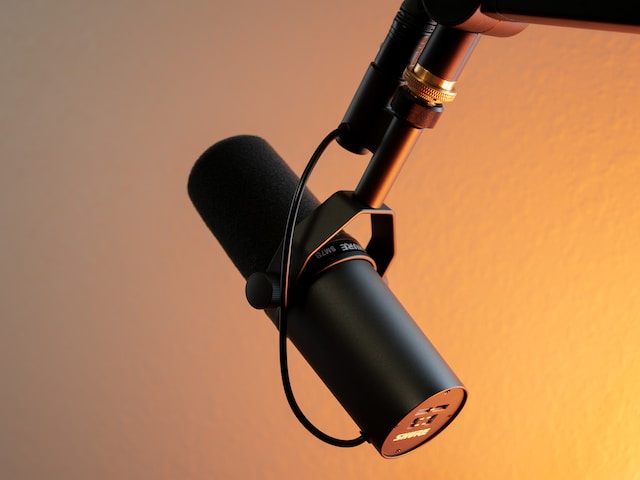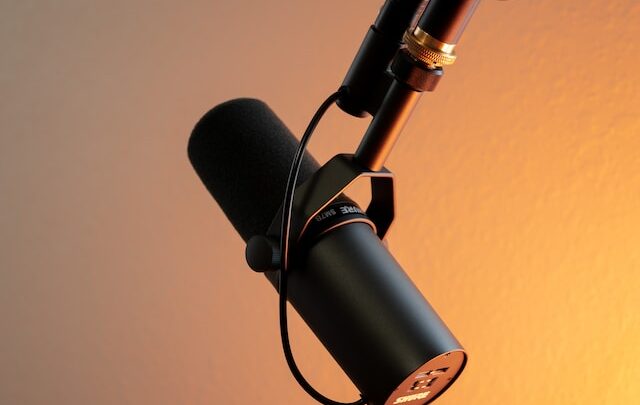
What equipment do I need for voice acting?
To get started with voice acting, you'll need some basic equipment to ensure good audio quality for your recordings. Here's a list of essential equipment you'll need:
- Microphone: A good-quality microphone is crucial for capturing clear and professional-sounding audio. Look for a microphone that's designed for voice recording, such as a condenser microphone. Popular options include the Audio-Technica AT2020, Rode NT1-A, and Blue Yeti.
- Pop Filter: A pop filter is a screen placed in front of the microphone to reduce plosive sounds (pops) caused by strong bursts of air hitting the microphone. It helps prevent distortion in your recordings.
- Microphone Stand or Boom Arm: A stable microphone stand or boom arm allows you to position the microphone at the optimal distance and angle for recording. A boom arm can help save desk space and provide more flexibility.
- Headphones: Closed-back headphones are recommended for voice recording, as they help isolate your voice from the surrounding environment and prevent audio bleed. Choose headphones that provide accurate audio representation.
- Acoustic Treatment: While not strictly necessary, some form of acoustic treatment can help reduce room echoes and reflections that might affect your recordings. This can include foam panels, bass traps, and diffusers.
- Audio Interface: An audio interface connects your microphone to your computer and converts analog audio signals into digital format. It provides better sound quality and control over your recordings compared to the computer's built-in sound card.
- Computer: A computer with recording software is essential for capturing, editing, and processing your voice recordings. Many voice actors use software like Audacity (free), Adobe Audition, or Pro Tools.
- Pop-Up Recording Booth or Soundproofing: If you're recording in a noisy environment, consider using a pop-up recording booth or creating a soundproof space using blankets, pillows, or foam to minimize outside noise.
- Cables: You'll need XLR cables to connect your microphone to the audio interface. Make sure you have reliable, good-quality cables to ensure a clear signal.
- Script and Stand: A script stand can help you read your lines comfortably without needing to hold the script. This allows you to focus on your performance.
- Desk or Table: A stable surface for your microphone and other equipment is important to avoid vibrations and unwanted noise during recording.
- Water: Staying hydrated is important for maintaining vocal health during recording sessions.
Remember that while having good equipment is important, your skills and technique as a voice actor also play a significant role in creating professional and engaging voice recordings. Invest time in practicing and honing your craft to deliver compelling performances.



